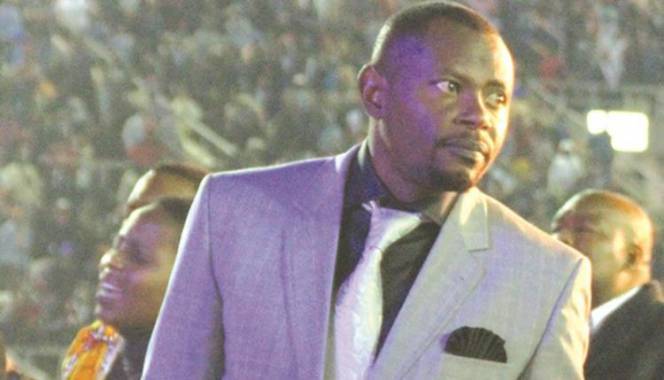
The Sunday Mail

Desire Ncube
Brahma Kumaris Meditation Centre co-ordinator, Ms Janita Hargoven, says despite Hinduism being introduced to Zimbabwe in the late 19th century, it still has a small following.
There are only two temples in Harare. “In comparison to the general population, the Hindu population is small. However one will notice that we still adhere to our culture in terms of dress, even amid western influence,” said Ms Hargoven.
Ms Hargoven said being a Hindu means being one who follows, understands and practices the Hindu texts – the Vedas, Upanishads and Gita.
“One who adapts to the culture and traditions as well as practice the teachings can be classified as a Hindu. The Hindu religion is not only for Indians but it is free for everyone who expresses interest in it.
“In Harare, there is a Hindoo Society which was created to preserve the Hindu traditions and principles. Members of that community practice the Hindoo teachings,” she said.
“Devotional singing is very popular within the Harare Hindoo Society with a number of prayer groups that go to old people’s homes on invitation or for devotional gatherings.”
Mrs Hargoven said voluntary contributions from those who attend the gatherings, as well as any proceeds from functions held at the temple, were channelled towards charity.
“Donations are part of a quest to improve the lives of the less-privileged. In the past the Harare Hindoo Society has donated blankets, fridges, medical equipment and food as well as supported eye treatment projects in Manicaland,” she said.
Ms Hargoven said Hinduism – originally known as AdiSanatana Deity Dharma – was the oldest recorded religion in.
“In fact according to Hinduism, religion is known as a way of life (dharma), following or living within the natural laws of the universe. For almost 2 500 years the practice of the Hindu religion was honoured and maintained … after which there was a very subtle level of infiltration of vices. This opened the need to craft rituals. The first worship was that of a Shivalingam, a black oval image, depicting the image of God.”
Ms Hargoven said the Vedas, Upanishads and Puranas were written and served as reference to the principles, philosophy and spiritual understanding of life, the universe and mankind.
“There are many books, scriptures and texts that have vast in-depth expansions of the Original Eternal Deity Religion. “The Bhagavad Gita is the most popular book read and practiced by most Hindus. These texts are written in Sanskrit, which was the language of ancient and classical Indian civilisation …Interestingly, Hinduism has no known founder as there is with other religions,” she said.
“In its complexity, the sole aim and objective of the teachings are to lead a life of Divinity (God conscious), be completely virtuous, non-violent and attain liberation in life. Many rituals and devotional ceremonies are practiced and carried out today where deities in the form of idols are worshiped.
“Festivals are celebrated to enhance the relationship with God and deities. Temples are the worship places for Hindus. Every Hindu, wherever he or she may be in the world, will in his or her home have a small model of the temple with their preferred deity for worship,” she expounded.



